It is organized by Victoria Noel Johnsonindependent British art historian and curator, the exhibition at Helly Nahmad Gallery of New York, which tells the biographical and artistic history of New York Kay Sagethe American wife of the artist Yves Tanguy. Forgotten for a few decades and recently rediscovered, Kay Sage was a key figure of her time: not only for her support of the Surrealists (particularly when she helped Tanguy, Breton and the others escape from Paris at the outbreak of World War II), but also for her founding in 1939 The Society for the Preservation of European Culturesa company set up in conjunction with the French and American ministries to facilitate “official work invitations” that would allow artists to remain in New York and return to Paris only after the war was over.
“My goal” says the curator “And Art history reviewBecause, as we know, opportunities were not equal for everyone at the time and women have often historically been interpreted as muses, while some of them were in fact very good artists who could have a decisive influence on art, including that of their partner: Kay Sage and her work, for example, should not be underestimated.
Joint exhibition by Kay Sage and Yves Tanguy
The exhibition whose title is taken from the painting Iron ring, wool ring by Kay Sage, which refers to the couple’s seventh wedding anniversary, illustrates how they came about the personal and artistic careers of the two surrealists through a mutual and dynamic exchange of ideas. This is the third joint exhibition of their work ever organized (the first was at the Wadsworth Atheneum Museum of Art in 1954, shortly before Tanguy’s unexpected death) and brings together over 60 loans from renowned museums, institutions and private collections. The decision to exhibit the couple’s works side by side – a process they have deliberately avoided their entire lives in order to reinforce the idea of being separate artistic entities – underscores this obvious aesthetic touchpoints between them, but at the same time it strengthens them stylistic and conceptual differences, in a parallel game of give and take. Here Tanguy’s ever-changing inner world – fantastical landscapes populated by a multitude of biomorphic forms and anthropomorphic characters – coexists harmoniously with Sage’s universe, which is not made up of metaphysically charged dreamscapes: arid plains, architectural scaffolding and lattice structures adorned with colorful fabrics. Noel Johnson says again: “Sage came to Surrealism late, in 1937, but quickly left an important mark on the art world, on Tanguy, and on the history of the movement. An in-depth analysis of the creative osmosis that took place between Sage and Tanguy, particularly after their move to the United States in 1939, shows that side by side they speak of a meeting of poetic spirits and a deep mutual love, in silent dialogues that spring from their paintings.
The exhibition Kay Sage and Yves Tanguy: iron ring, wool ring was made possible by the generous contribution of loans from museums, institutions and private collections such as the Mattatuck Museum, the Mint Museum, the Museum of Modern ArtThe Philadelphia Museum of Art, Colorado Springs Fine Art Center, Williams College Museum of Art, Pierre and Tana Matisse Foundation, Mark Kelman, Enrico Donati Family, Esther Grether Family Collection, John Cavaliere Collection. It is also accompanied by an extensive book published by Skira with lyrics by Victoria Noel Johnson, Stephen Robeson Miller and Ara H. Merjian.
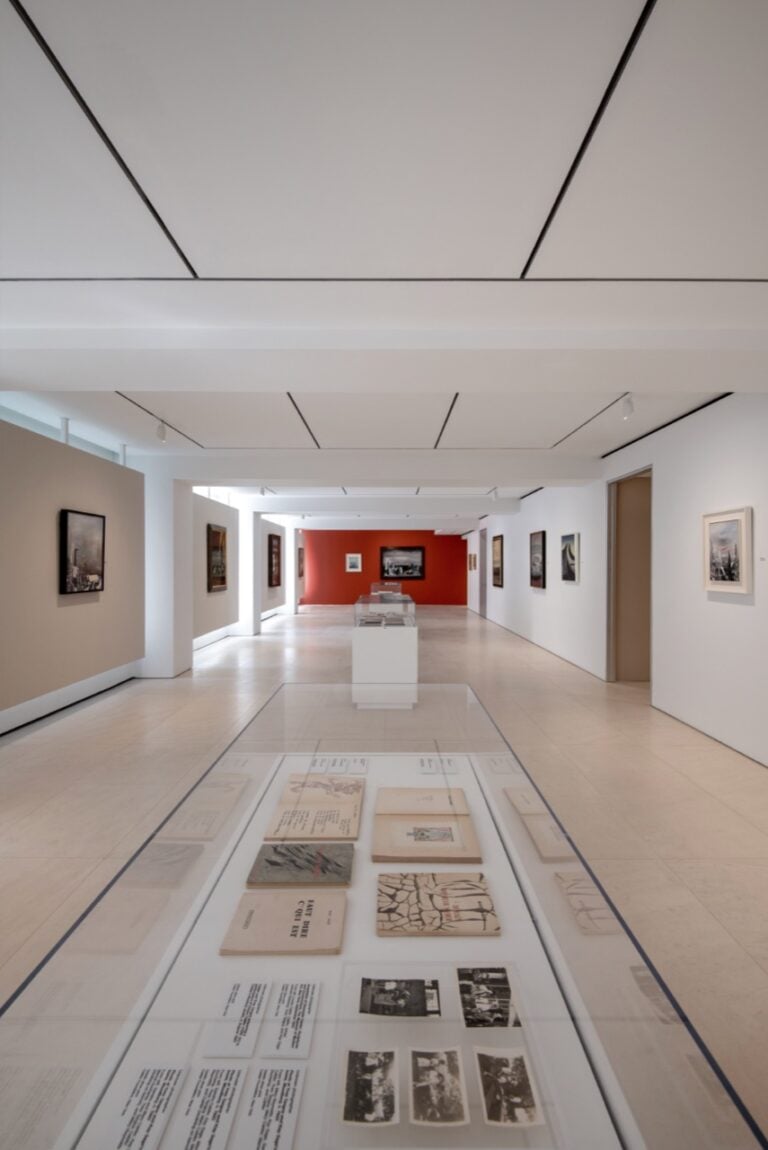 1/8
1/8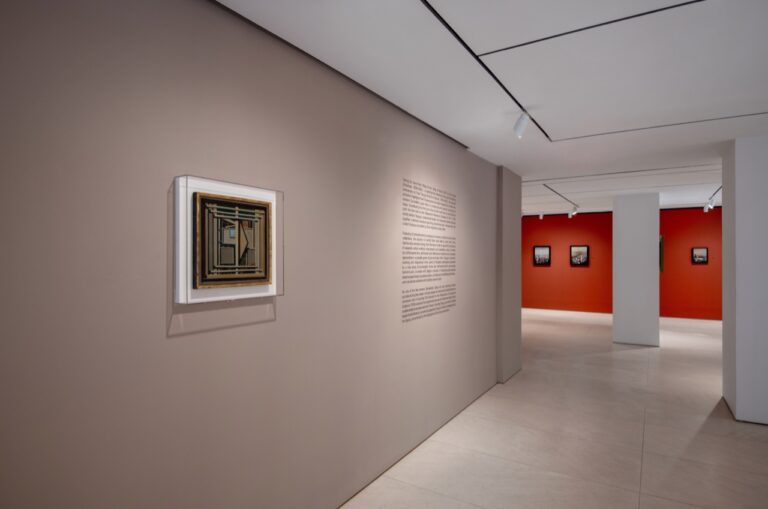 2 / 8
2 / 8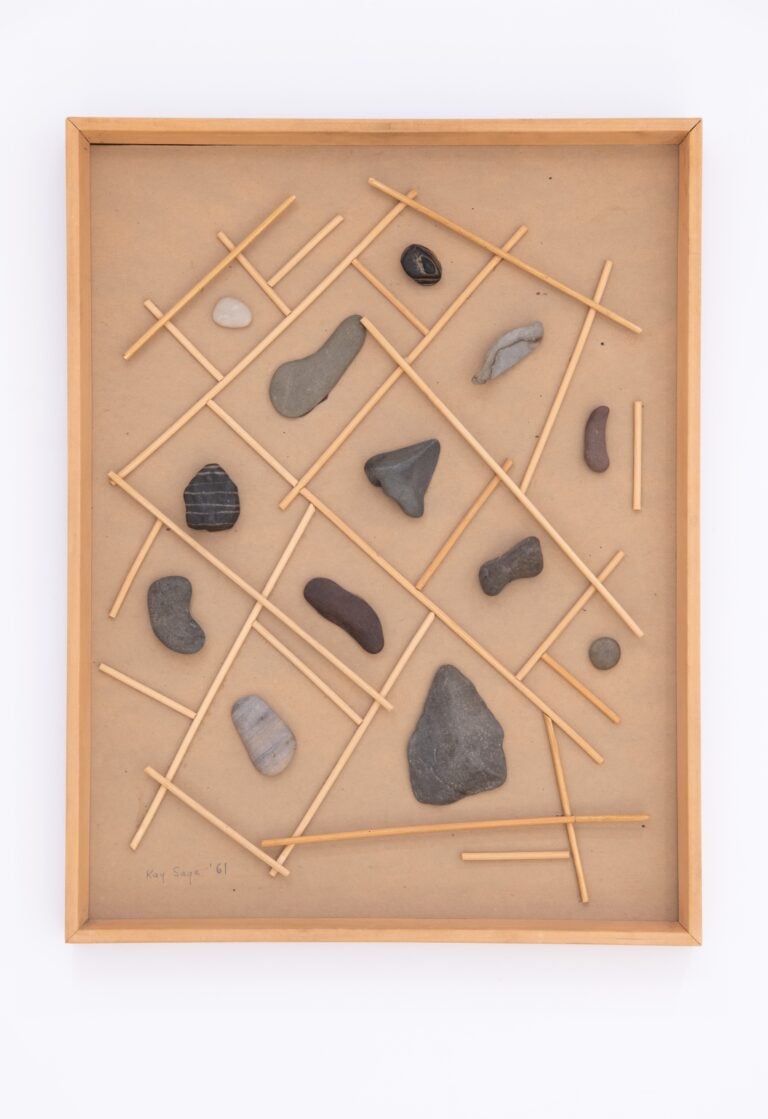 3/8
3/8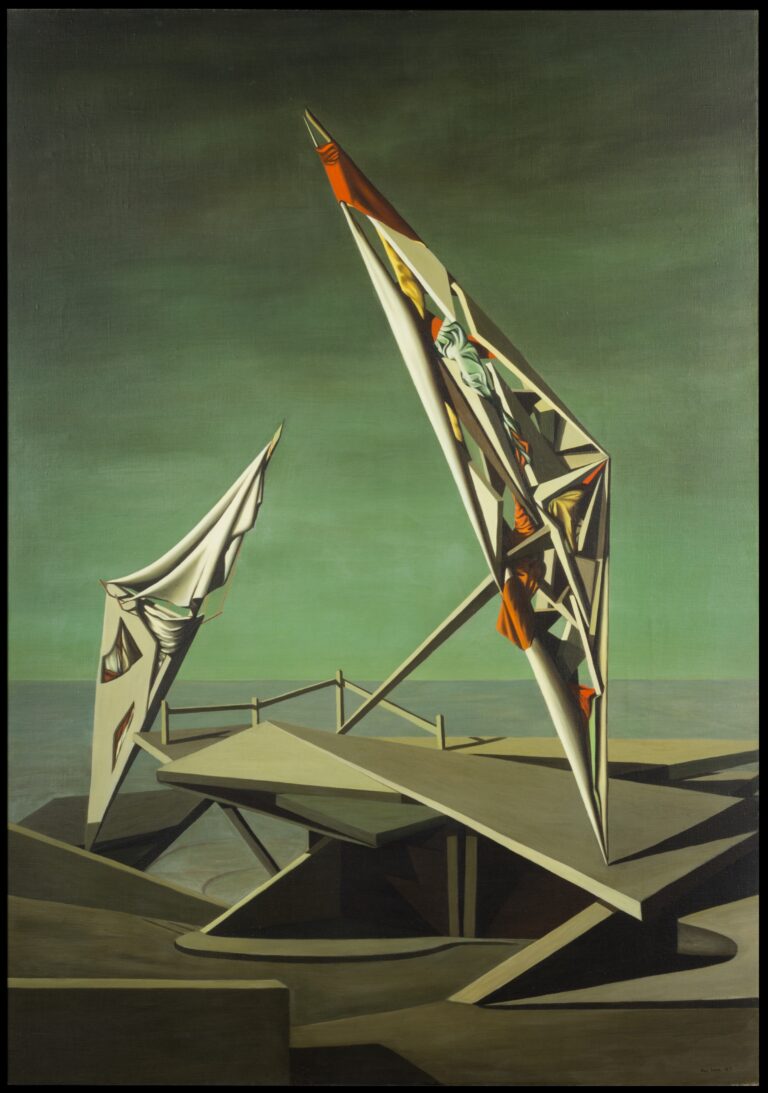 4 / 8
4 / 8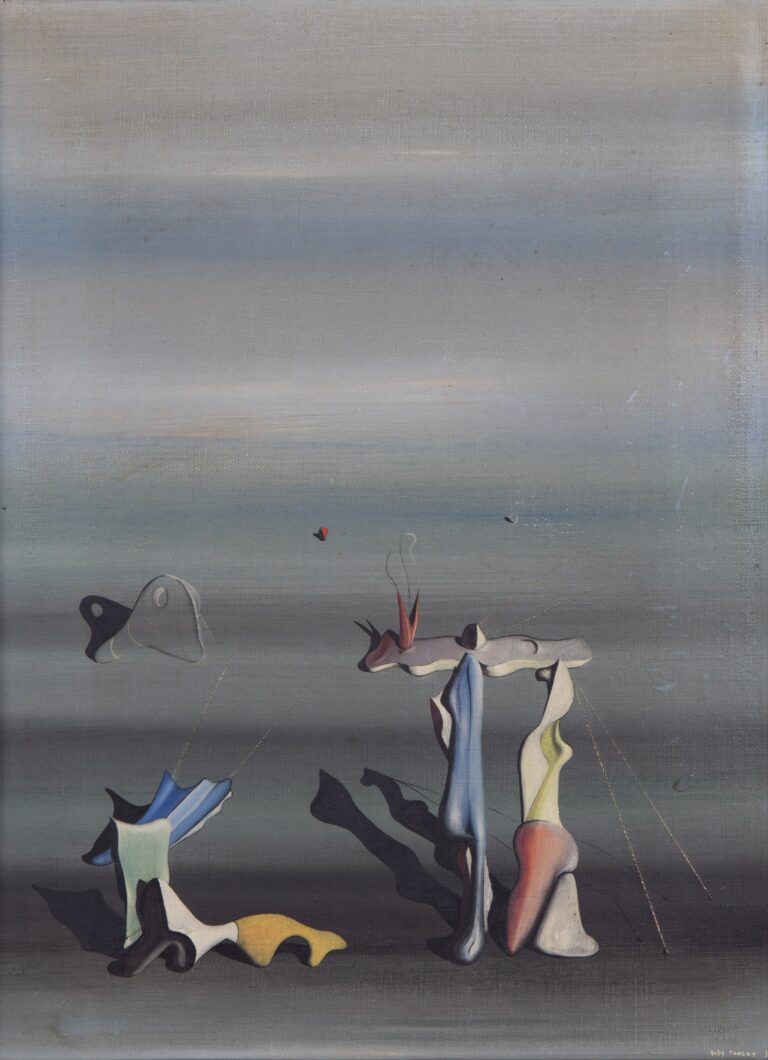 5/8
5/8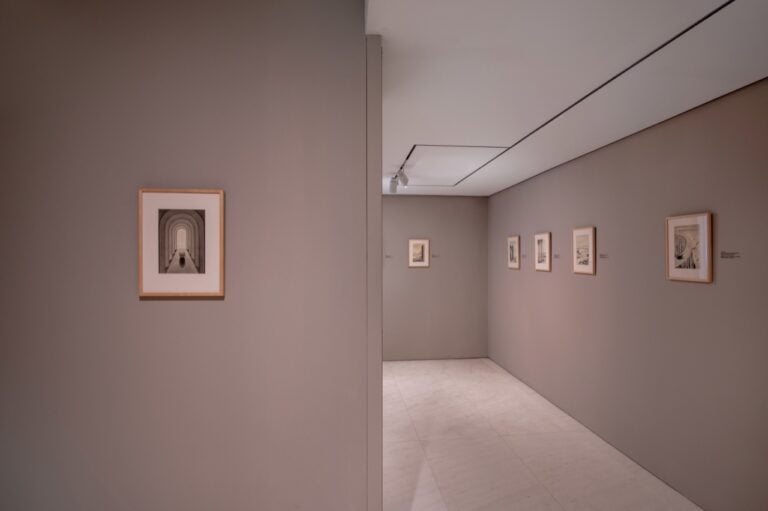 6 / 8
6 / 8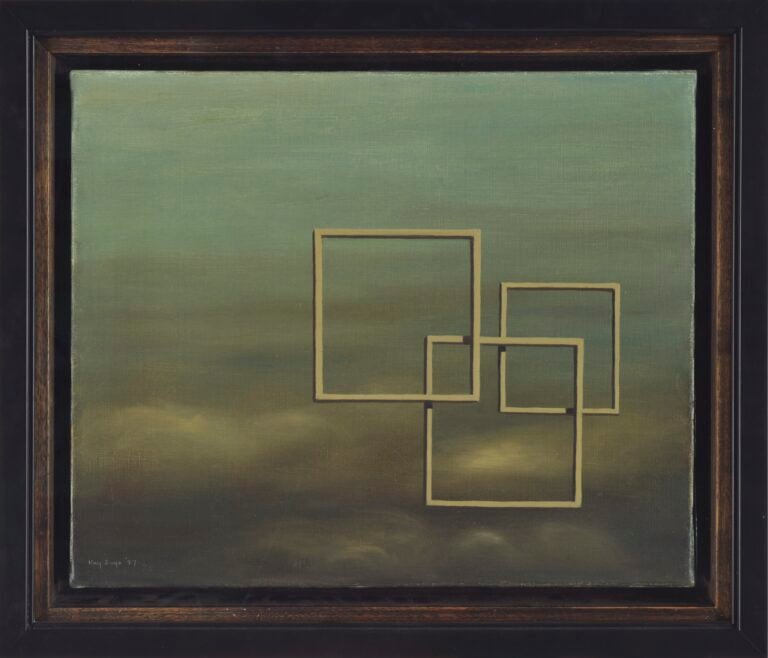 7/8
7/8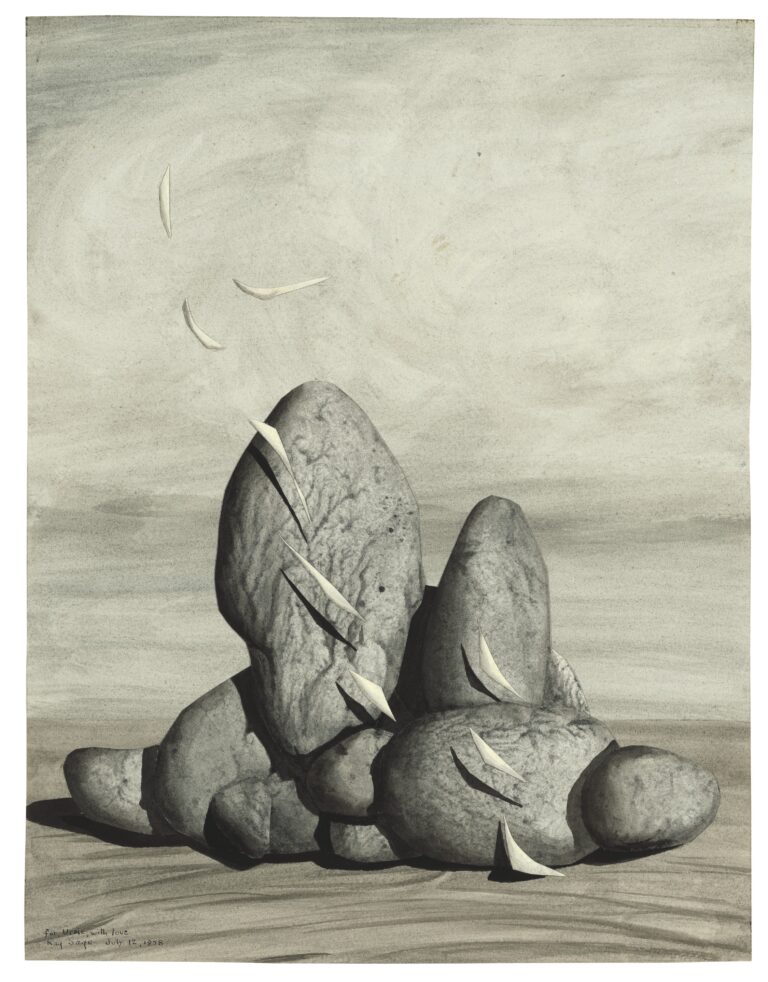 8/8
8/8The Life and Work of Kay Sage
Kay Sage has lived an amazing life. Born near Albany, New York in 1898, after the divorce of her mother and father, a wealthy senator, she spent a childhood with her older sister Anne in San Francisco, New York and Florida, with extensive travels throughout Europe (mainly London, Paris, Lucerne and Rapallo) and Egypt. Sage attended the Corcoran School of Art in Washington DC before moving to Rome in 1920 where he joined the Association of The XXV of the Roman Campagna in 1921, the British Academy of Arts in 1922, and the Academy of Fine Arts’ Free School of Nude the following year. In 1925 she married the Prince Rainier of San Faustinobecame an “American Princess” in Rome, aunt of the Agnelli family.
In 1930 he met the poet Ezra Pound in Rapallo and shortly afterwards resumed painting: she decided to return to art and left her husband. In 1936 Sage exhibited his works for the first time million gallery from Milan and then moved to Paris, where he, inspired by the work of Giorgio de Chirico (he owned some of his works) comes into contact with surrealism. In 1938 he met Yves Tanguy whom he marries in 1940 – “the most surrealist of the surrealists‘ as the leader of the movement defined it Andre Breton – when he held his personal exhibition at the Pierre Matisse Gallery, the first of 14 personal exhibitions organized during his lifetime. Together she and Tanguy moved to Connecticut, where they stayed for over 20 years, living and working at Town Farm, a 19th-century farmhouse and studio barn. Even the Galleria dell’Obelisco in Rome dedicated a solo exhibition to her in 1953. After Tanguy’s sudden and unexpected death in 1955, Kay Sage continued to paint and publish poetry until her life tragically ended in 1963.
Julia Mura